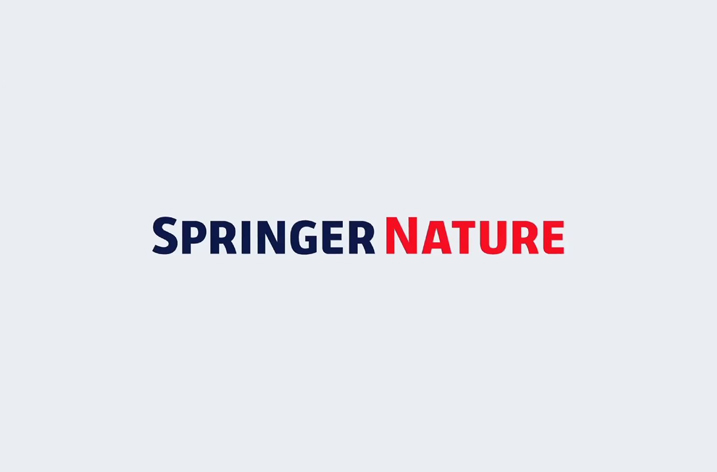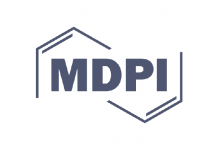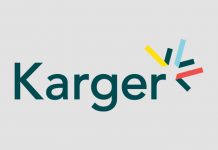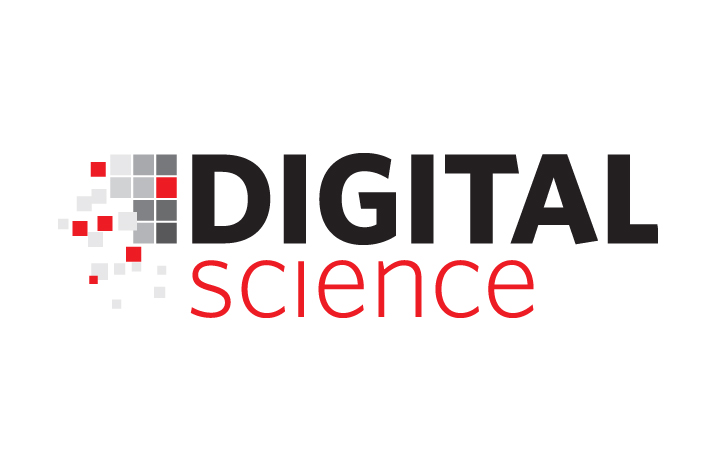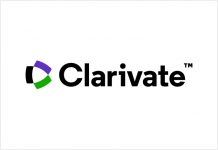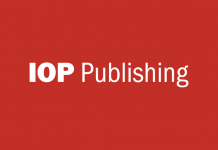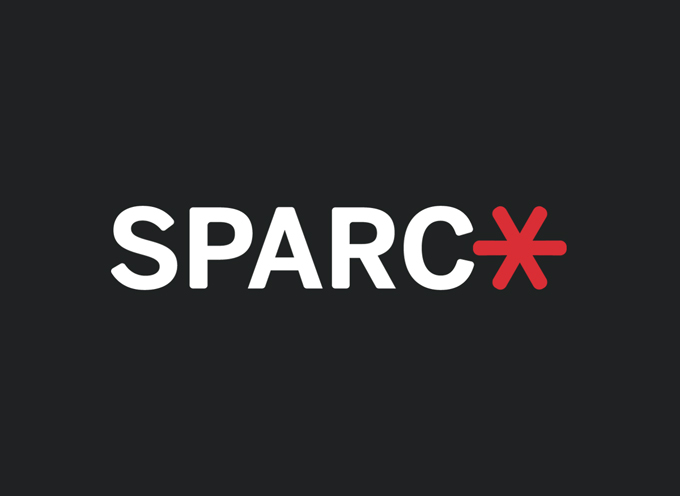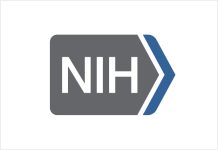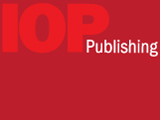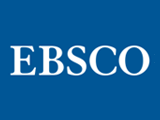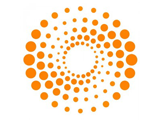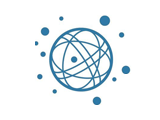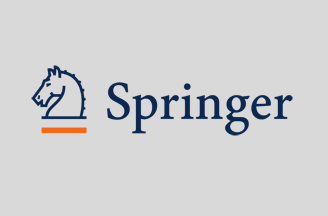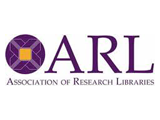IOP Publishing has today announced a new three year agreement with the National Institute for Materials Science (NIMS) for the continued publication of the open access title Science and Technology of Advanced Materials (STAM).
Beginning July 2013 the journal will offer a gold open access option for the first time. This move will mean that authors publishing with STAM will be asked to pay an article publication charge when their paper is accepted for publication in the journal (which have been set at ¥135,000 (GBP/EUR/USD prices are also available). NIMS will continue to subsidise publication of selected research.
This move will make STAM the highest impact, gold open access title in material science (the journal has an Impact Factor of 3.513 and growing). The journal is also refining its scope to emphasise the areas of nano-, bio- and eco-materials.
IOP has been publishing STAM for the last five years on behalf of NIMS and under the new contract will take responsibility for the entire production process for the journal. IOP will guarantee publication within 27 days of an article being accepted for publication.
NIMS will continue to manage the peer review.
Professor Toyonobu Yoshida of the National Institute for Materials Science (NIMS) and Editor-in-Chief of STAM said of the new publishing arrangements: “STAM will continue its social mission, inspiring and helping researchers to contribute to the sustainable development of society. It will aim for reader oriented publishing, navigating the readers through the new developments in materials science. The introduction of the article publication charge will assist us in creating a sustainable journal publishing model, and further enhance services to authors and readers.”
Dr Nicola Gulley, Editorial Director for IOP Publishing said: “We are delighted to extend our relationship with NIMS and to continue to support STAM and the material science community. Transitioning the journal to the gold open access model will safeguard the long term sustainability of STAM and ensure the research continues to be available to all.”
STAM publishes using the Creative Commons Attribution-Non-Commercial-ShareAlike 3.0 license. These open access rights allow third-party users to copy, distribute and display the published version of articles in STAM, and create derivative works, subject to appropriate attribution and non-commercial exploitation.


